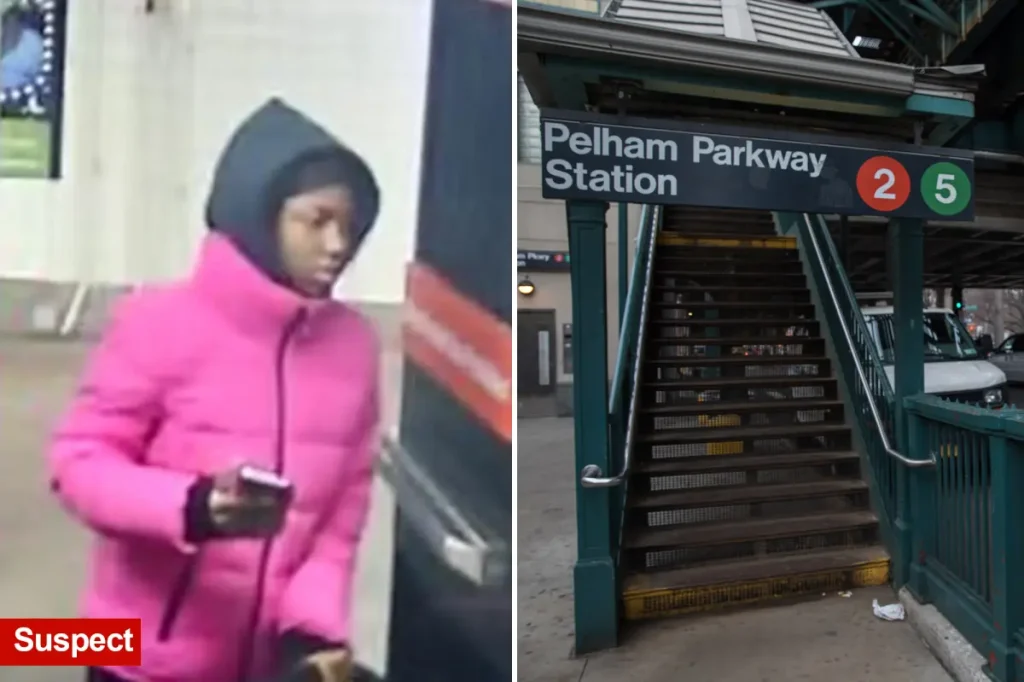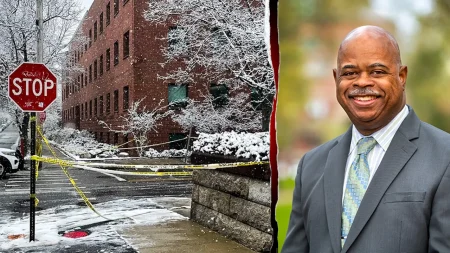Recent Incidents of Subway Violence Highlight Ongoing Safety Concerns
In a concerning trend of subway violence in New York City, two recent attacks against female passengers have drawn public attention, despite overall statistics showing a slight decrease in transit system assaults. These incidents, occurring just days apart, highlight the unpredictable nature of public transportation safety, particularly for women and young people traveling alone.
During Tuesday evening rush hour in the Bronx, a female passenger was slashed with a razor on a northbound 2 train near Pelham Parkway station around 5:30 p.m. According to police, the attack began when the assailant, a woman believed to be in her 30s, inserted herself into a conversation the victim was having with someone else. What started as a verbal altercation quickly escalated when the attacker produced a razor, cut the victim, and attempted to steal her necklace. Though the chain-snatching attempt failed, the assailant managed to flee the scene before authorities arrived. This seemingly random act of violence occurred among crowded commuters just trying to make their way home, turning an ordinary evening commute into a frightening ordeal.
Just a week earlier, a similarly disturbing incident took place on a Brooklyn G train when a 13-year-old girl was choked by a female stranger. The attack occurred during the morning rush hour around 7:50 a.m. on November 17 at the Metropolitan Avenue station in Williamsburg. What began as an argument between the woman—distinctively wearing a pink coat—and the young teen escalated when the adult grabbed the girl’s throat, restricting her breathing. The teen was treated at the scene for neck injuries while her attacker fled. Police have released surveillance images of the suspect but have yet to apprehend her. The vulnerability of a young passenger during morning commute hours has raised particular alarm among parents whose children rely on public transit to reach school.
These incidents aren’t isolated cases but part of a troubling pattern of subway violence that New Yorkers have witnessed in recent weeks. On November 19, a man identified as Tyquan Manassa, 28, allegedly stabbed two individuals on a southbound platform of the E and F trains at Union Turnpike station in Kew Gardens. The attack was captured on video, adding to public concern about safety underground. Just three days earlier, on November 16, another violent encounter occurred when Aaron Nett, 33, allegedly pushed a good Samaritan into an oncoming train at the 135th Street station in Harlem. The victim, who had attempted to break up a fight, suffered a broken back as a result of the impact. These incidents illustrate not only the direct threat to passengers but also the dangers that can face those who attempt to intervene in subway conflicts.
Despite these high-profile cases, the New York Police Department reports that subway violence has actually decreased slightly in 2023. According to the most recent NYPD statistics, 513 felony assaults have been reported in the transit system this year, representing a minor reduction from the 517 reported during the same period last year. Similarly, misdemeanor assaults have fallen from 1,392 to 1,310. These numbers might offer some statistical comfort, but they do little to ease the concerns of daily commuters who have witnessed or read about these violent encounters. The psychological impact of such incidents often outweighs the statistical reality, leading many New Yorkers to feel unsafe despite marginal improvements in the data.
The nature of these attacks—often unpredictable, occurring during busy commuting hours, and frequently targeting vulnerable individuals—creates a particular kind of public anxiety. Women traveling alone, teenagers, and those who attempt to help others in trouble seem especially at risk. Transit officials and law enforcement face the ongoing challenge of not only reducing crime statistics but also addressing the perception of danger that keeps many riders on edge. The contrast between the slight statistical improvement and the continued reports of violent encounters highlights the complexity of ensuring both actual and perceived safety within New York City’s vast subway system.
For the millions of New Yorkers who rely on public transportation daily, these incidents serve as stark reminders of the unpredictability they face during routine commutes. While most rides occur without incident, the random nature of these attacks creates an undercurrent of tension for passengers. Transit authorities continue to implement safety measures, including increased police presence and surveillance systems, but the challenge remains substantial. As the city works to recover from pandemic-related ridership declines, ensuring passenger safety—both in reality and perception—remains crucial to restoring confidence in a transit system that serves as the lifeblood of New York City. Meanwhile, investigations continue to identify and apprehend the perpetrators of these recent attacks, with police requesting the public’s assistance in providing information that could lead to arrests.










